James Stejskal: From Special Forces Berlin To CIA Spies & Shadow Games
Listen to James Stejskal's True Spies Podcast: Shadow Games
James Stejskal thrives on action. He grew up in the ‘60s, a decade jolted by JFK’s assassination, Vietnam War protests, Elvis, and - at least around the Stejskal household in Omaha, Nebraska - Clint Eastwood’s Where Eagles Dare (1968). The action-adventure film follows undercover Special Forces officers sent to rescue a US General from an impenetrable WWII German fortress. Whiz-bang! The film was a game changer for young James Stejskal, back then a 14-year-old dreaming about adventure.
”Where Eagles Dare sealed the deal,” Stejskal told the True Spies podcast. “It encapsulates just about everything I ever wanted to do in the Army - jumping into an enemy country, working in civilian clothes, lots of weapons, and fun things like that.”
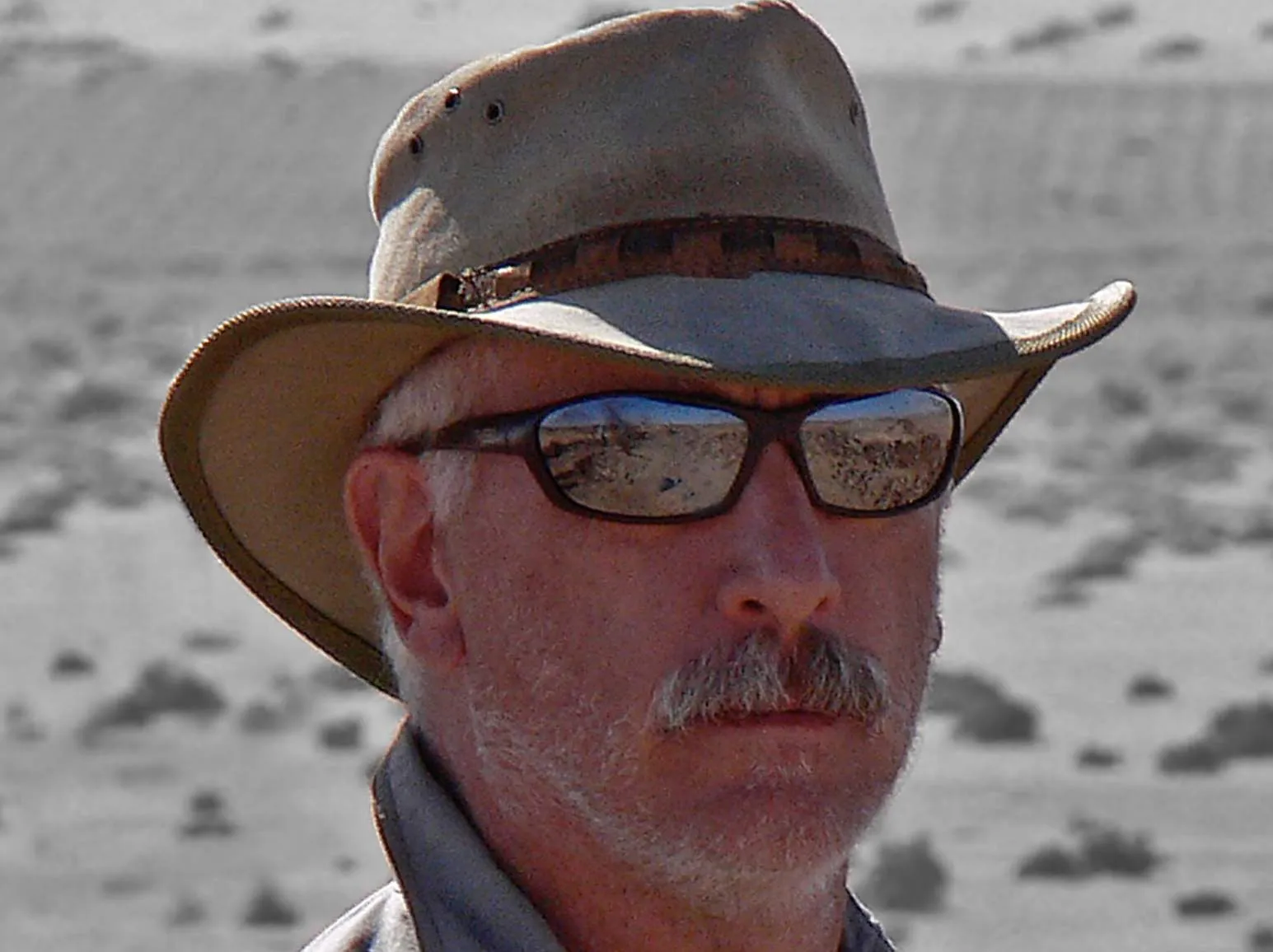
Born to be Wild
James’ father was a combat engineer in WWII, served in the Korean War, and held down a second job in the US Army Reserves. “He was my guidepost, really,” James said. One day, his father brought home a recruiting brochure for Special Forces. The idea stuck.
After college, James figured he’d write his name on the sign-up sheet for the Special Forces. Instead, Stejskal landed in a conventional infantry unit, the 82nd Airborne, and immediately began plotting his transfer. In less than a year, he was in the Special Forces, dressed to impress on his first day at work.
“My team sergeant came up to me and said: ‘Okay, you look very good here. The uniform is pressed. Your boots are shiny. Don't ever show up that way again,’” James recalled. “They made sure their equipment was ready to work but they were all about the job and not about the show.”
James’ unit was sent on an exercise in Germany in 1975. At the time, Berlin was the frontline of a bitter Cold War, a city of about five million people deep inside Russian-occupied East Germany. Berlin was divided into four zones with East and West Berlin separated by a four-meter high concrete wall topped with barbed wire, watchtowers, and guards with shoot-to-kill orders.
Berlin was very much a tale of two cities. To the west of the wall lay vibrant West Berlin, a city administered by the US, British, and French allies that bustled with cafes, theaters, and bars blasting Iggy Pop and David Bowie. To the east lay the Soviet communist bloc where violent clashes between activists and the Stasi East German secret police were routine.
Beneath the surface, Berlin was a powder keg waiting to explode.

"The brand new social experience where you activate your gaming skills as you train like a spy."
- TimeOut
Take on thrilling, high-energy espionage challenges across different game zones.

Berlin: Behind Enemy Lines
While on Army exercises in Germany, James heard whispers about a top-secret SF unit called Detachment ‘A’ (its classified name was Special Forces Berlin) that had been around for two decades. The unit was based in East Germany, more than 100 miles behind the Iron Curtain and surrounded by one million Russian and East German troops.
Their job? Sabotage targets and delay the juggernaut expected to overtake Western Europe and NATO Allies if and when WWIII began. Special Forces Berlin would buy time for the allies by blowing up Soviet field HQs, East German power plants, and rail lines critical to moving military forces. It was a Where Eagles Dare-sized mission: “From that moment I wanted to be part of that unit,” Stejskal said.
True to form, four years after joining the US military, 23-year-old James found himself in the thick of it, navigating Berlin’s streets as an elite soldier and strategist, identifying potential targets and playing shadow games. If his unit could knock out bridges and derail trains, “we could give the Americans in West Germany 24 to 48, maybe even 72 hours of delay,” Stejskal told the Borne the Battle podcast.
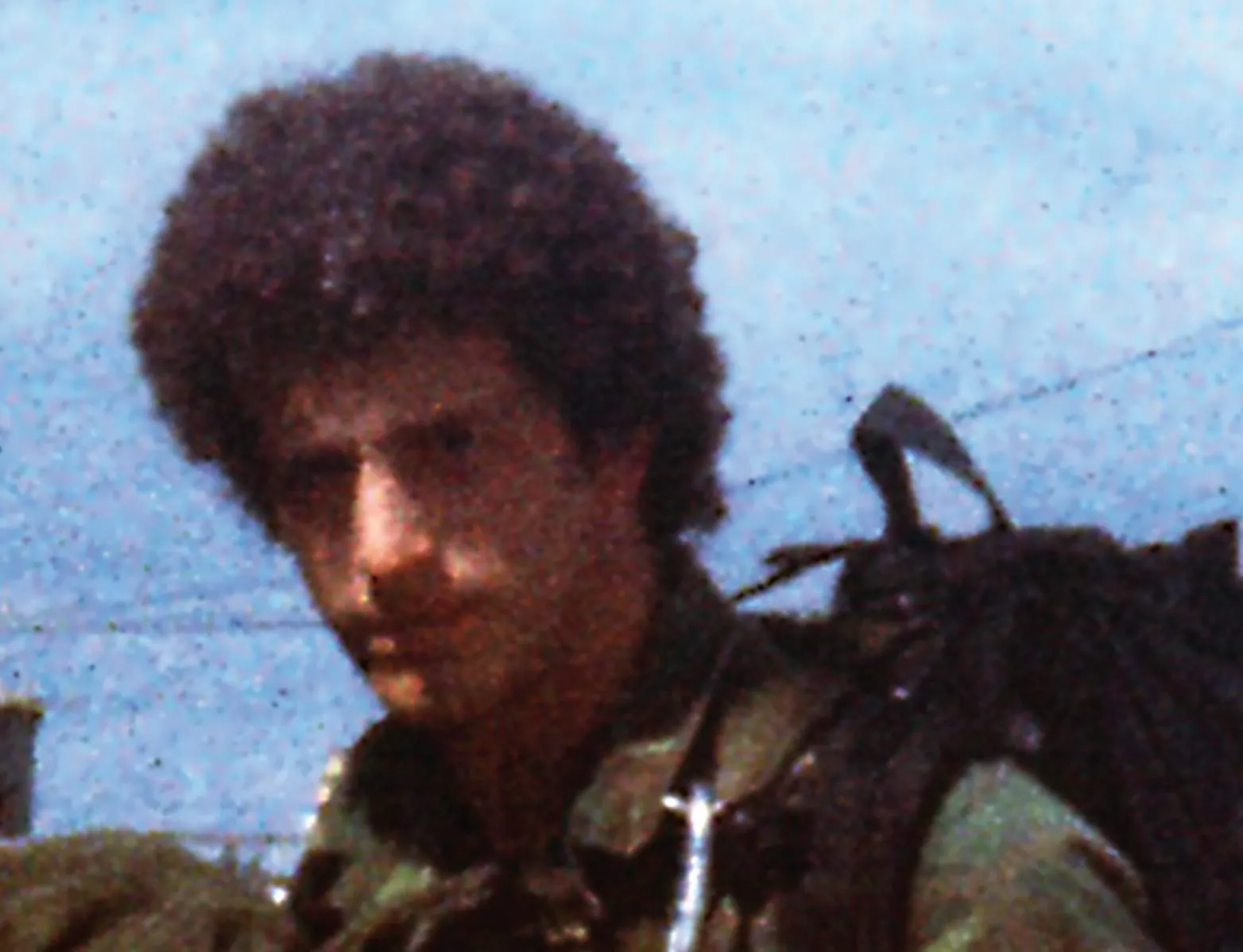
James had a good grasp of German and his ancestors were Greek, so he easily passed for a Gastarbeiter - a guest worker. Fake ID was easily had, as was a cover story to deflect prying questions. Stejskal would tell people he worked with the US military support mission: “I don't do anything fancy. So, yeah, my life is not interesting. Please go away.”
The odds were very much against Special Forces Berlin. The team consisted of about 100 men divided into teams of 12 who were backed by 12,000 Allied troops. Their opponents? One million Soviet and East German forces surrounded by Warsaw Pact countries. Just your average next-level Bond stuff.

Unconventional warfare
Berlin SF essentially adopted the WWII tactics of the Office of Strategic Services, the American operatives working under Spymaster ‘Wild’ Bill Donovan. OSS operatives like American Virginia Hall dressed in civilian clothing and organized resistance forces behind enemy lines in Europe.
James Stejskal may sound blasé about Berlin now (mates don’t pronounce his surname ‘Stays Cool’ for nothing), but James’ adrenalin was spiking in 1977: “One of the big things about life in Berlin was, if you're not kicking doors and shooting guns and blowing explosives, it can be pretty boring being on a surveillance mission for hours at a time,” he said. “You had to have discipline to do that. You also have the discipline to want to do it.”
On any given day, James might kick down a door or surveil a portion of the Berlin Wall and the military unit on the other side, hoping to find weaknesses to exploit in the East German defensive system. The foot reconnaissance - aided by aerial photography - brought James deeper and deeper into enemy territory: “You feel a threat. It's sort of an ominous terror about you. And it may be psychological,” he recalled. “Coming from the United States, it was the difference between being in Texas and being inside of a prison. Very much an oppressive feeling.”
James stayed in Berlin for four years up to 1977 and returned in 1984. So how close did the world come to Day X, the codename for the start of WWIII? “It went up and down in the 1970s, although I remember even more of a threat was the threat of terrorism. It was not as grave as World War III, but that was more of an issue at that point in time.”
The far-left Red Brigades, the militant group that murdered Italian PM Aldo Moro in 1978, were one of many extremist organizations operating across Europe, Africa, and the Middle East so Special Forces Berlin soon turned their attention to counterterrorism and counter-hijacking. James stayed in Berlin until 1989, leaving just months before the fall of the Berlin Wall but in November 1989 he flew back to Germany, determined to witness history. This time, it was personal.
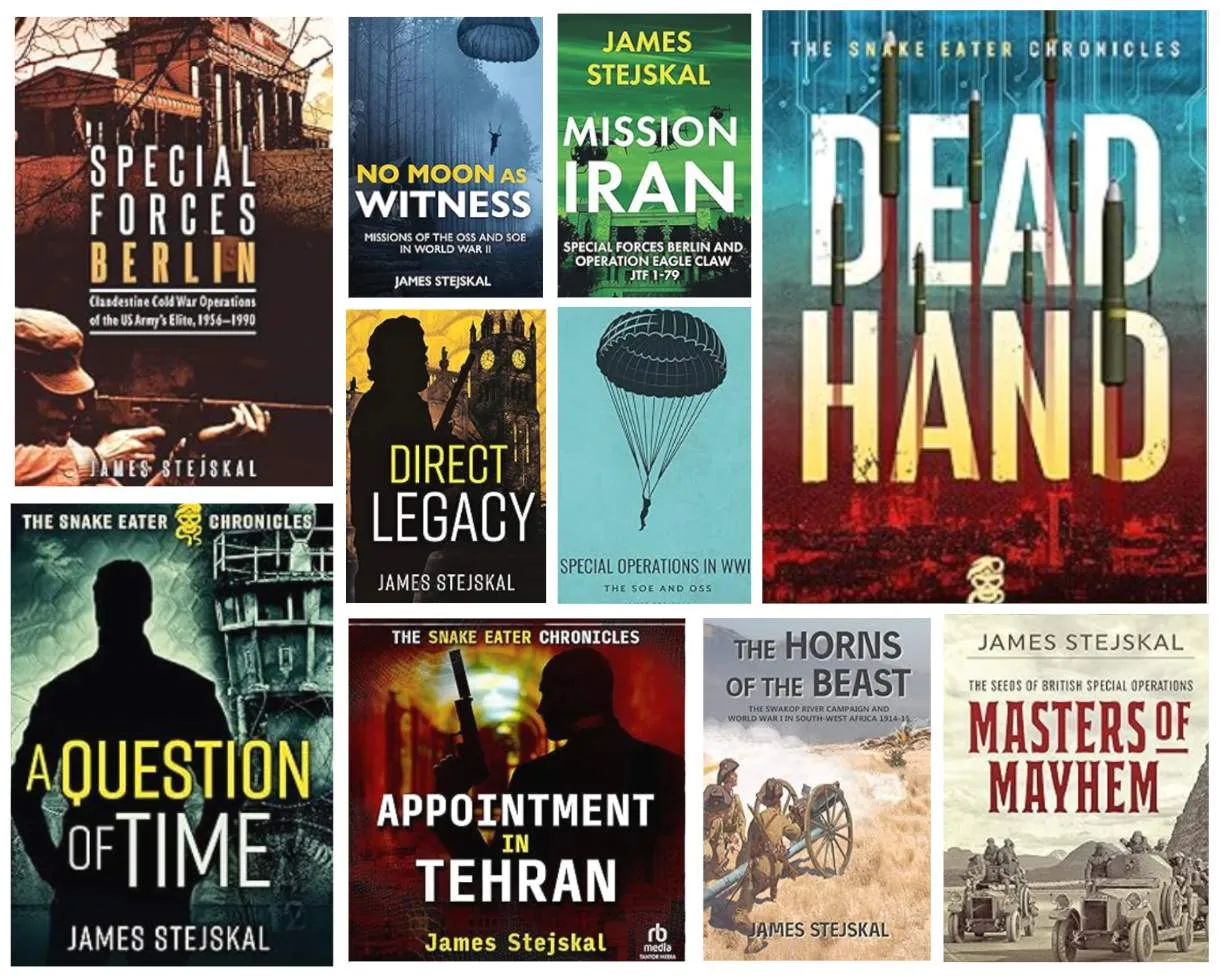
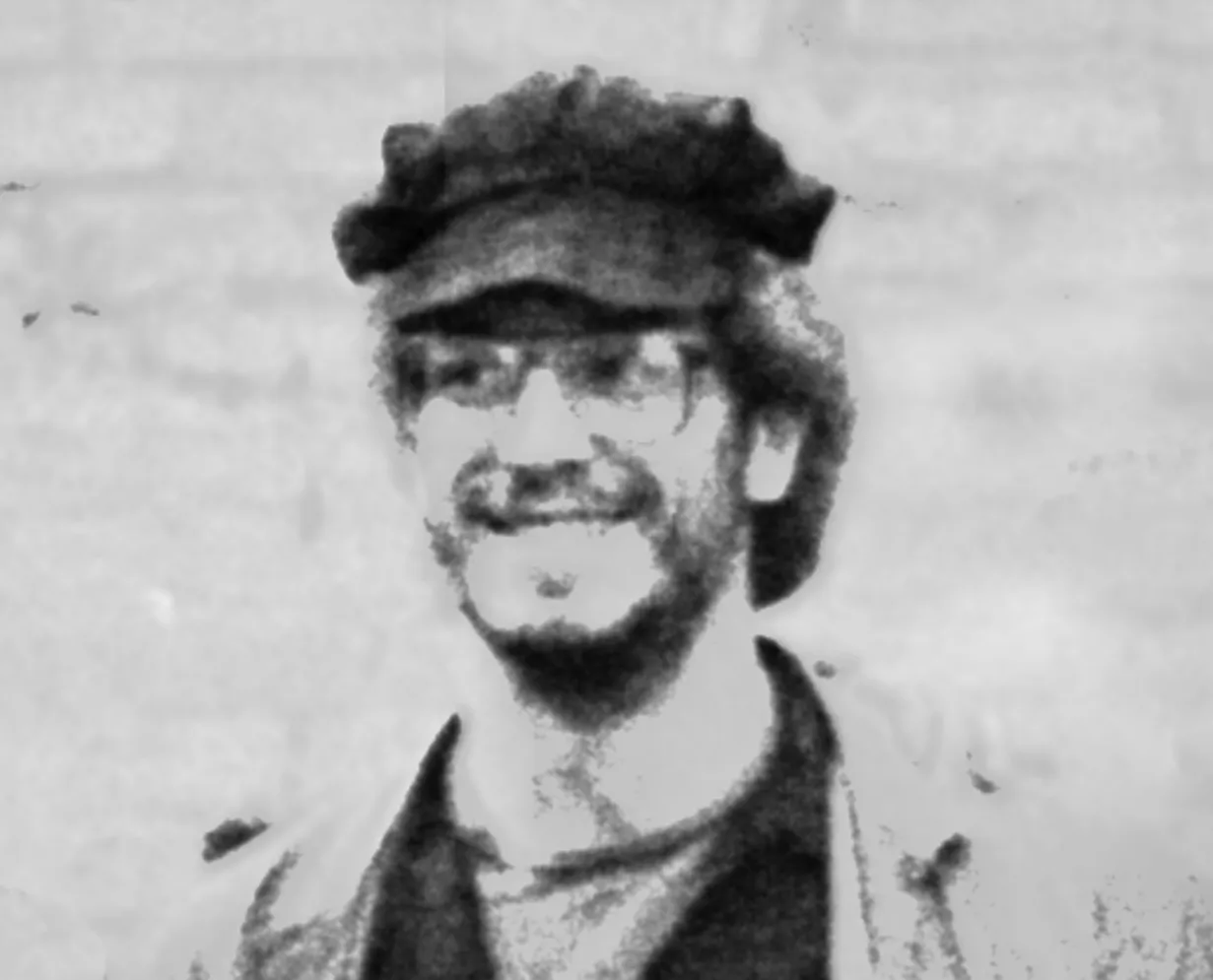
James Stejskal: Author of spy novels and military thrillers
James’ stint with Special Forces ended with an injury when he was hit by an old Soviet anti-tank mine in Somalia that took him out of active duty. By 1996, he’d had 23 years in the military and was about to get married. “And I said: ‘Well, it's basically time to change gears and try a new career.’ For the next 13 years, I worked overseas intelligence operations with the CIA.”
Stejskal then joined a special mission unit, a recon unit of sorts, working for another six years with the Agency before he retired. (And no, he’s not talking about it. The Special Forces’ motto is Quiet Professionals.) In fact, most of James’ stories will never be told. He waited more than a year to have his book, Special Forces Berlin, cleared by the CIA Pre-Publication Review Board.
James Stejskal is not the kind of man to wait around. He soon turned his attention to writing fiction in 2014 as it was easier to publish - one of his books was cleared in 12 days. He mainly writes military thrillers now, based on his reflections on his 35 years working as a Green Beret and CIA officer.
A Question of Time, the first spy thriller in Stejskal’s Snake Eater Chronicles series, follows Master Sergeant Kim Becker, a Vietnam vet who leads a secretive Army Special Forces unit tasked with rescuing a compromised CIA spy in East Berlin and wondering if the agent is worth the risk.
James is also a historian and a conflict archeologist looking at aspects of conflict around the world; he’s learned a few lessons along the way: “You have to put yourself out there,” Stejskal said. “I learned as a team leader that you cannot do everything yourself. And if you do not rely on your people, if you do not allow your people to succeed, you will not succeed either.”
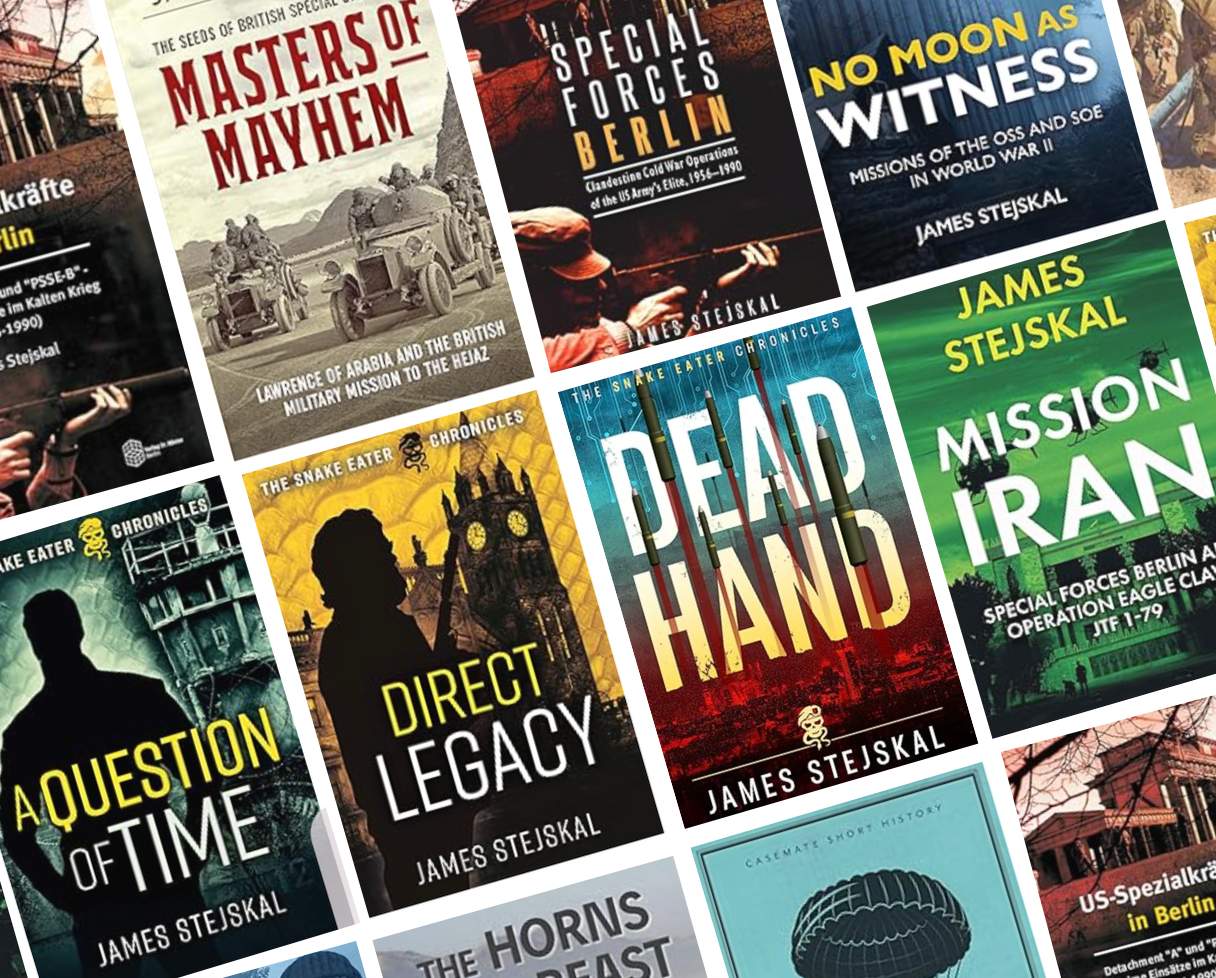
SPYSCAPE+

Join now to get True Spies episodes early and ad-free every week, plus subscriber-only Debriefs and Q&As to bring you closer to your favorite spies and stories from the show. You’ll also get our exclusive series The Razumov Files and The Great James Bond Car Robbery!


Gadgets & Gifts
Explore a world of secrets together. Navigate through interactive exhibits and missions to discover your spy roles.
Your Spy Skills
We all have valuable spy skills - your mission is to discover yours. See if you have what it takes to be a secret agent, with our authentic spy skills evaluation* developed by a former Head of Training at British Intelligence. It's FREE so share & compare with friends now!
* Find more information about the scientific methods behind the evaluation here.


Stay Connected
Follow us for the latest
TIKTOK
INSTAGRAM
X
FACEBOOK
YOUTUBE